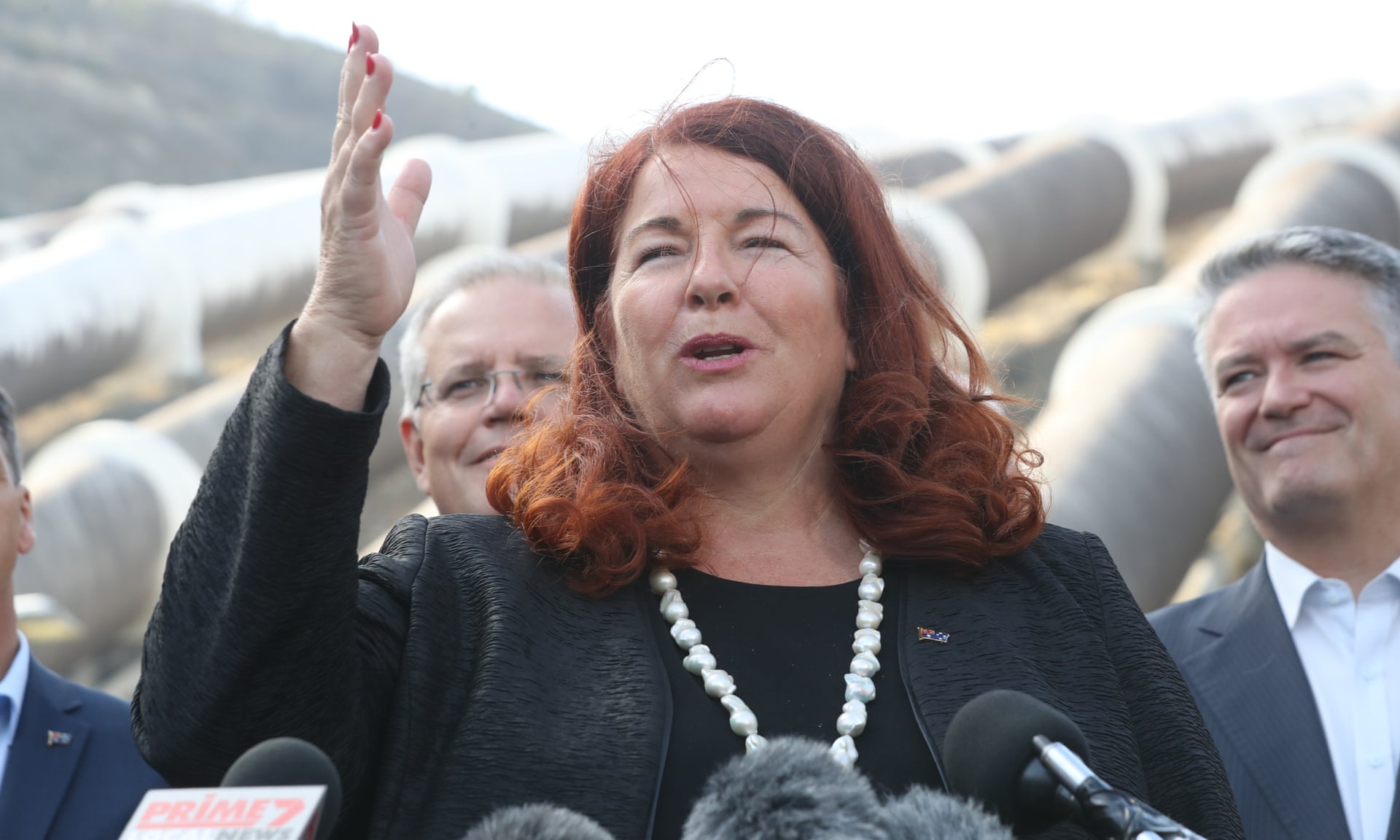Melissa Price Approved Uranium Mine Knowing it Could Lead to Extinction of 12 Species

The former environment minister Melissa Price acknowledged that approval of a uranium mine in Western Australia could lead to the extinction of up to 12 native species but went ahead with the decision anyway.
The admission is contained in a statement of reasons signed by the minister before she approved the Yeelirrie uranium mine, 500km north of Kalgoorlie, the day before the federal election was called in April.
The document also shows the environment and energy department recommended conditions that would require the developer, Cameco, to ensure the project would not result in the extinction of up to 11 stygofauna, which are tiny groundwater species.
But Price instead adopted a weaker set of conditions aimed at reducing the risk to groundwater species but which the department said contained “significant uncertainties” as to whether or not they would be successful.
Price acknowledged the department had recommended tougher conditions but said in the statement that if they were imposed there was “a real chance that the project would not go ahead”.
“In making this recommendation, the department considered only the environmental outcomes, and did not weigh the environmental risks against the social and economic benefits of the project,” she said.
“Rather, as the department’s briefing noted, this balancing exercise was for me to do”.
Price wrote that she “accepted that there was a risk” that species could be lost but that the department’s advice was this was not “inevitable” if the project went ahead.
The statement of reasons also notes that the project could lead to the wipeout of the entire western population of a species of saltbush, known as the Atriplex yeelirrie.
The saltbush has just two distinct populations, the western and eastern population, both of which are found on Yeelirrie station.
The statement of reasons says the western population occurs entirely within the proposed area for the mine and there is a risk the development would clear all of it.
The Australian Conservation Foundation, which requested Price’s statement of reasons, described the document as “an extraordinary piece of decision making”.
“The statement of reasons shows very clearly that the minister was advised of an extinction threat for multiple species,” Dave Sweeney, the ACF’s nuclear free campaigner, said.
“There is a direct and proven extinction threat which is effectively ignored or at least absolutely undervalued.”
Sweeney said Price’s decision to rush out two environmental approvals – the Yeelirrie decision and the groundwater decision for Adani’s Carmichael development in Queensland – was a case of “political imperatives over good public policy”.
In particular, he said the Yeelirrie case highlighted how ministerial discretion could be used to favour weaker environmental outcomes.
“What it highlights is how weak across the board federal environmental laws are,” he said.
“In that statement of reasons, she says she considered everything but she does very little to protect.”
Neither the stygofauna nor the saltbush are listed species under Australia’s Environment Protection and Biodiversity Conservation Act.
But any development proposal that is considered a nuclear activity triggers a full environmental assessment under the EPBC Act.
After Price gave the project her approval in April, Cameco released a statement saying market conditions were challenging and would need to improve for the project to go ahead.
The project also received approval from the Barnett government in WA, two weeks before going into caretaker mode before the 2017 state election, which it lost.
The state EPA had also warned the project could cause extinctions and had recommended it be rejected.
A legal challenge to the state approval by three Tjiwarl traditional owners and the Conservation Council of WA was rejected by the WA supreme court last year, but the groups are fighting the decision in the court of appeal.
Guardian Australia sent questions to Price, who is now defence industry minister, asking why she deemed the possibility of extinction as an acceptable risk.
“The statement of reasons has been published,” she said.
“My focus now is delivering on the Coalition government’s $200 billion investment in defence industry capability.”
Source: The Guardian, 4 July 2019
